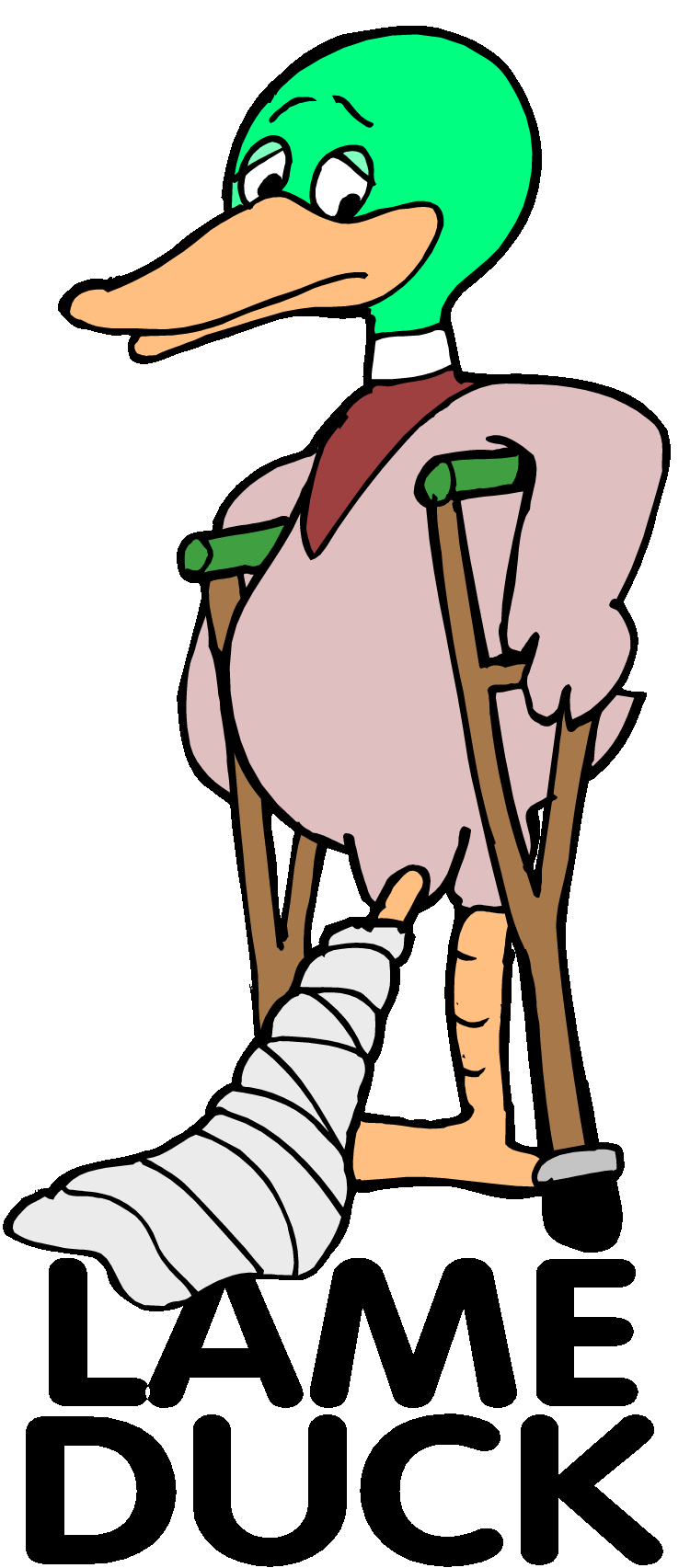

Presidents-elect in the late 1700s and early 1800s needed the months until the inauguration to get their lives in order and prepare their homes and family for a new life.

The lame duck period is unneeded in the fast-moving 21st century political world, but the technological landscape of the 18th and 19th centuries moved in slow motion in comparison. With elections in November, there was a long lame duck period for outgoing Presidents and members of Congress. (National Archives Identifier 1634180 )Īnd unlike every other President with the exception of John Adams-who was sworn-in in Philadelphia-Washington did not take the oath of office in the city that would bear his name, but instead on the steps of the Federal Hall in New York City.Įvery Presidential inauguration from John Adams to Franklin Roosevelt’s first inauguration was carried out on March 4 (or on a few occasions March 5). George Washington’s First Inaugural Address, April 30, 1789. Because Congress failed to reach a quorum on March 4, Washington was sworn in as the first President of the United States on April 30, 1789. George Washington, the President with all the precedents, ironically had few elements of his inauguration repeated. The Confederation Congress picked March 4, 1789, as the day it handed off power to the new government under the Constitution. The Constitution only requires that Congress meet once a year to discuss the condition of the country. The delegates at the Constitutional Convention did not address election, commencement, and inauguration dates in the U.S. It also outlined the course of action if there is a change in President-elect, and when Presidential and congressional terms begin and end. The amendment changed the date of the Presidential inauguration from March 4 to January 20. It was passed by Congress on March 2, 1932, and ratified on January 23, 1933.

The 20th Amendment is often referred to as the Lame Duck Amendment. Joint resolution proposing the 20th Amendment to the United States Constitution, March 2, 1932. Today’s post comes from Hailey Philbin in the National Archives History Office.


 0 kommentar(er)
0 kommentar(er)
